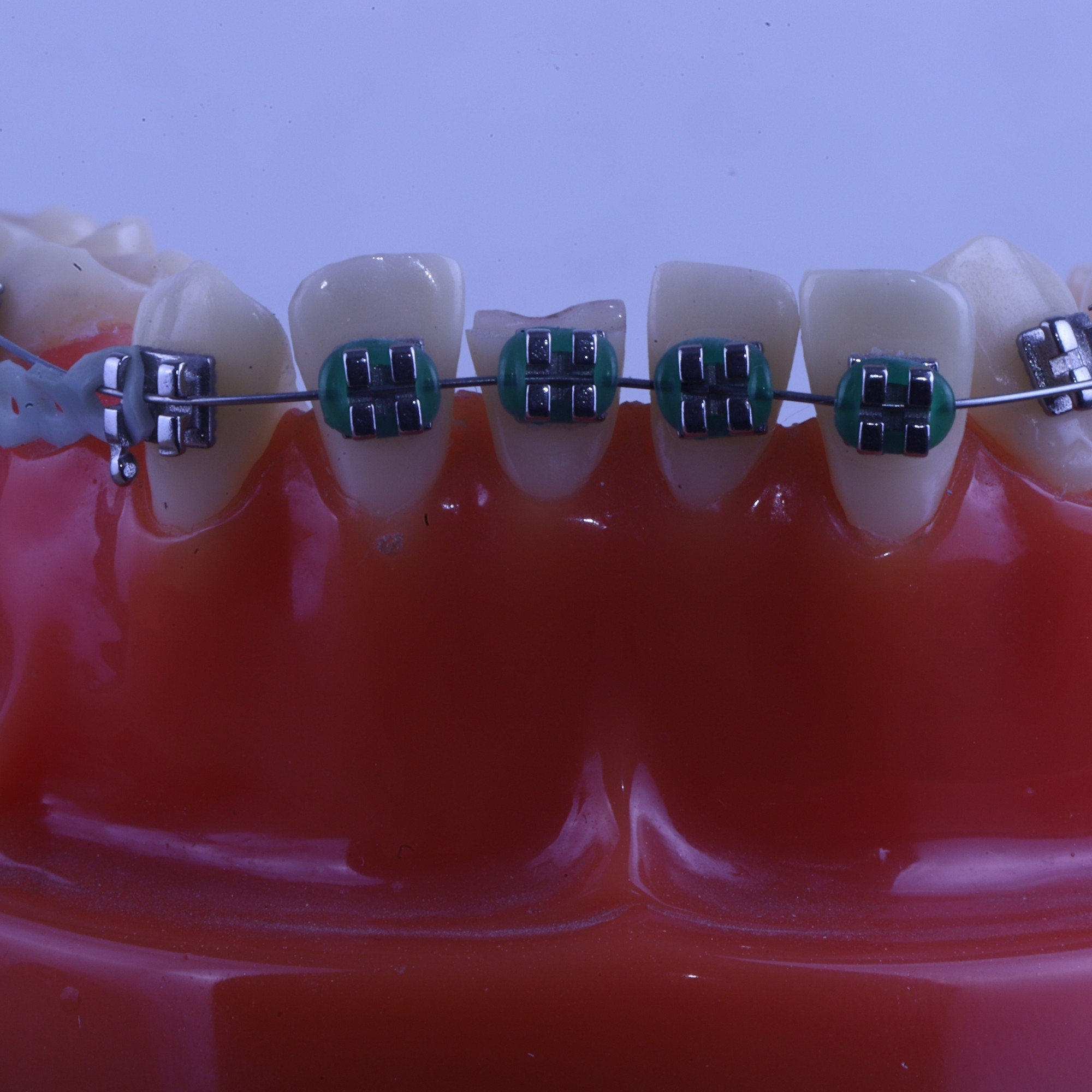Orthodontic Treatment
What is Orthodontic Treatment?
Orthodontic treatment refers to the procedures carried out to correct the relationship between the jawbones and the teeth. Orthodontists are dentists who have completed a minimum of four years of postgraduate specialization training in the field of orthodontics.
What Are the Causes of Orthodontic Problems?
The causes of orthodontic problems can be hereditary or acquired later in life. Habits such as prolonged use of pacifiers and bottles, thumb sucking, and lip biting can lead to orthodontic disorders.
When Should You Visit an Orthodontist?
The ideal time for this is between the ages of 7 and 8. Some irregularities that cannot be detected at these ages can affect the healthy and normal development of the jaw, as the jaw structure starts to settle. Irregularities and imbalances in the teeth can be treated more easily at these ages. By the time the primary teeth have fully changed, 95% of growth will have been completed.
In some cases, early orthodontic treatment can be extremely beneficial. If there is a discrepancy between the child's jaws, treatment is necessary even if the teeth appear straight. If the back teeth are in crossbite, the front permanent teeth are in crossbite, there is an excessively narrow upper jaw, primary teeth that block the eruption of permanent teeth have not fallen out, or there is jaw constriction due to prematurely lost primary teeth, orthodontic treatment is essential.
Fixed Orthodontic Treatment
As the name suggests, fixed orthodontic treatment involves the use of appliances that the patient cannot remove. In fixed orthodontic treatment, grooved metal brackets (nowadays also porcelain brackets) are attached to the teeth. A wire passes through these grooves and is changed every four to six weeks.
Removable Orthodontic Treatment
Removable orthodontic treatment involves the use of appliances that the patient can insert and remove themselves. Removable orthodontic treatment is mostly applied to children aged 6–12. In some cases, both fixed and removable orthodontic treatments may be needed together.
How Does Orthodontic Treatment Work?
Orthodontic treatment can influence the direction, enhancement, or reduction of jawbone growth by applying force during the developmental period. Similarly, by applying force to the teeth, their positions and locations can be altered. The fixed and removable appliances used during orthodontic treatment exert force on the teeth and jawbones to produce the desired effect.
How Long Does Orthodontic Treatment Take?
The average duration for braces is 22 months. Depending on the situation, it can range from 6 months to 3 years. To help treatment progress as quickly as possible, it is best to follow the orthodontist’s oral hygiene instructions and attend scheduled appointments.
What Are the Benefits of Orthodontic Treatment?
When teeth are crowded, they are harder to clean. Therefore, the risk of cavities and gum disease increases. Orthodontic treatment eliminates this risk.
The upper and lower teeth interlock when biting. However, if there is crowding, some teeth may contact earlier than others and be subjected to excessive force. This can lead to problems in the teeth and jaw joint. Orthodontic treatment helps prevent such issues.
It also provides an aesthetic appearance for cosmetic dentistry procedures.
What Are the Challenges of Orthodontic Treatment?
In the first weeks of using appliances or having brackets placed, there may be irritation in the lips and cheeks. Since the treatment process is long, patient motivation may sometimes decrease, which can lead to missed appointments.
What Should Be Considered During Orthodontic Treatment?
You can do everything you used to do during orthodontic treatment. However, foods like gum, carbonated drinks, and hard foods can damage orthodontic appliances, so dietary restrictions apply. Additionally, because orthodontic treatment is a lengthy process, it’s important not to miss appointments.




